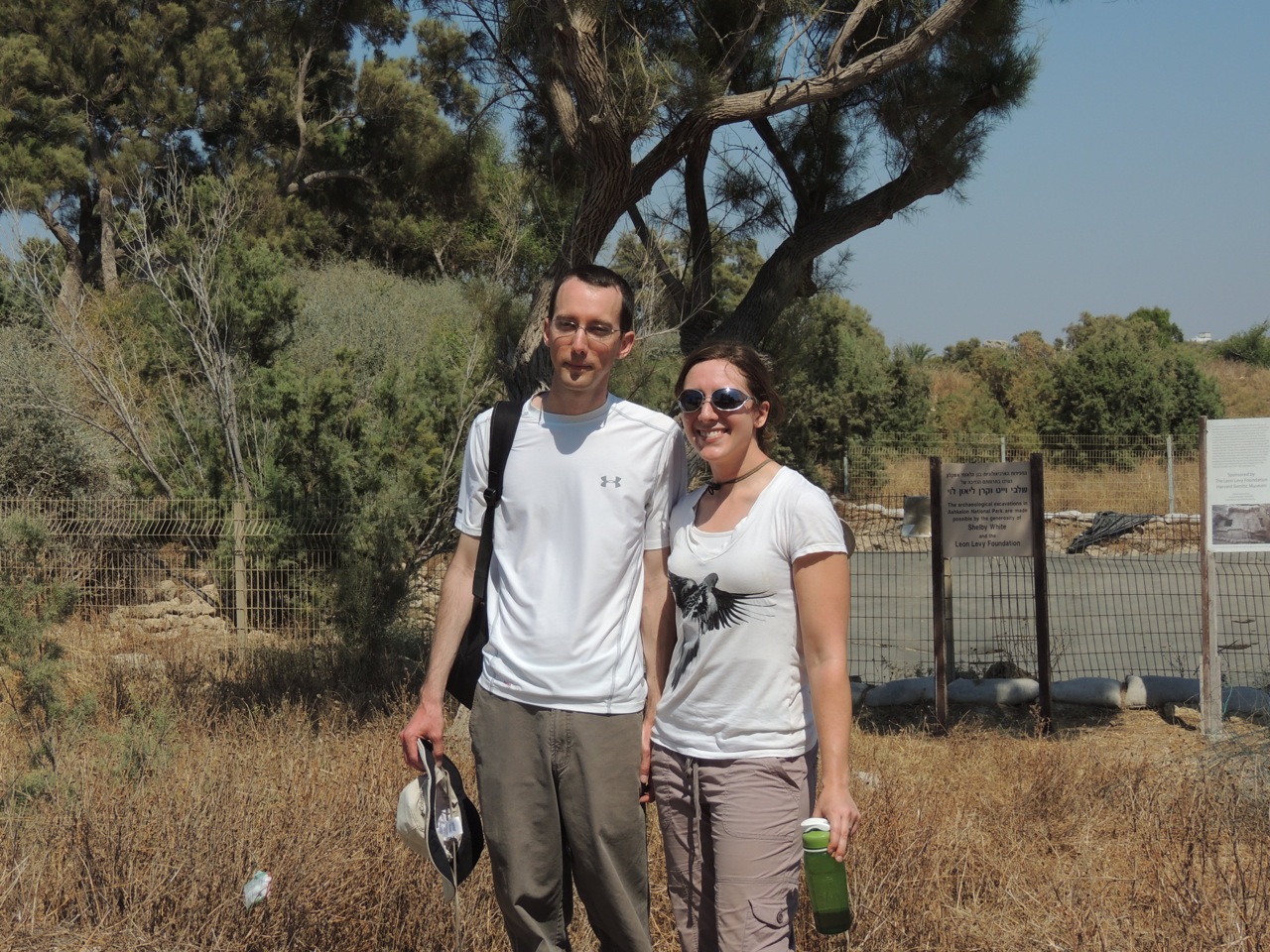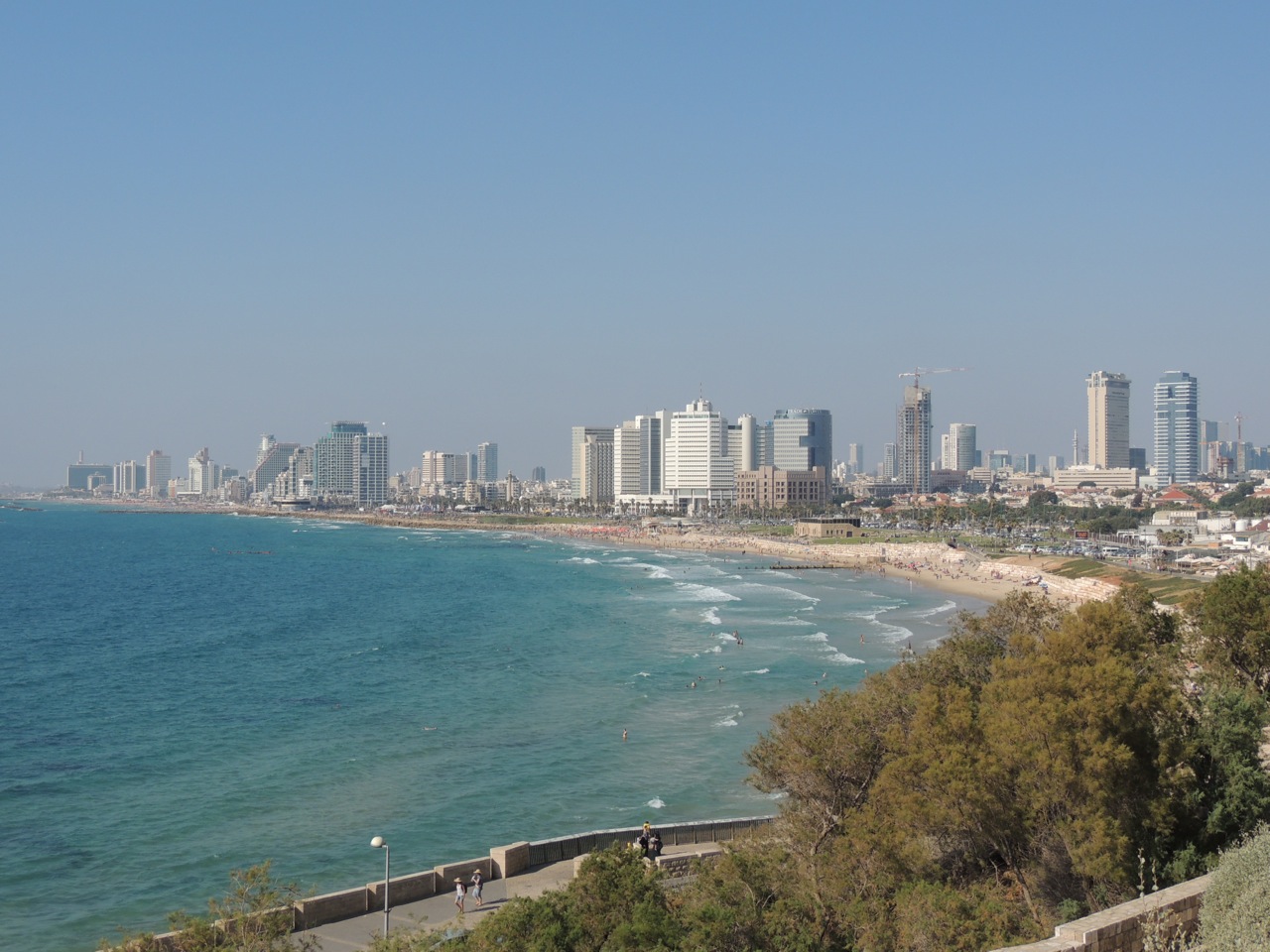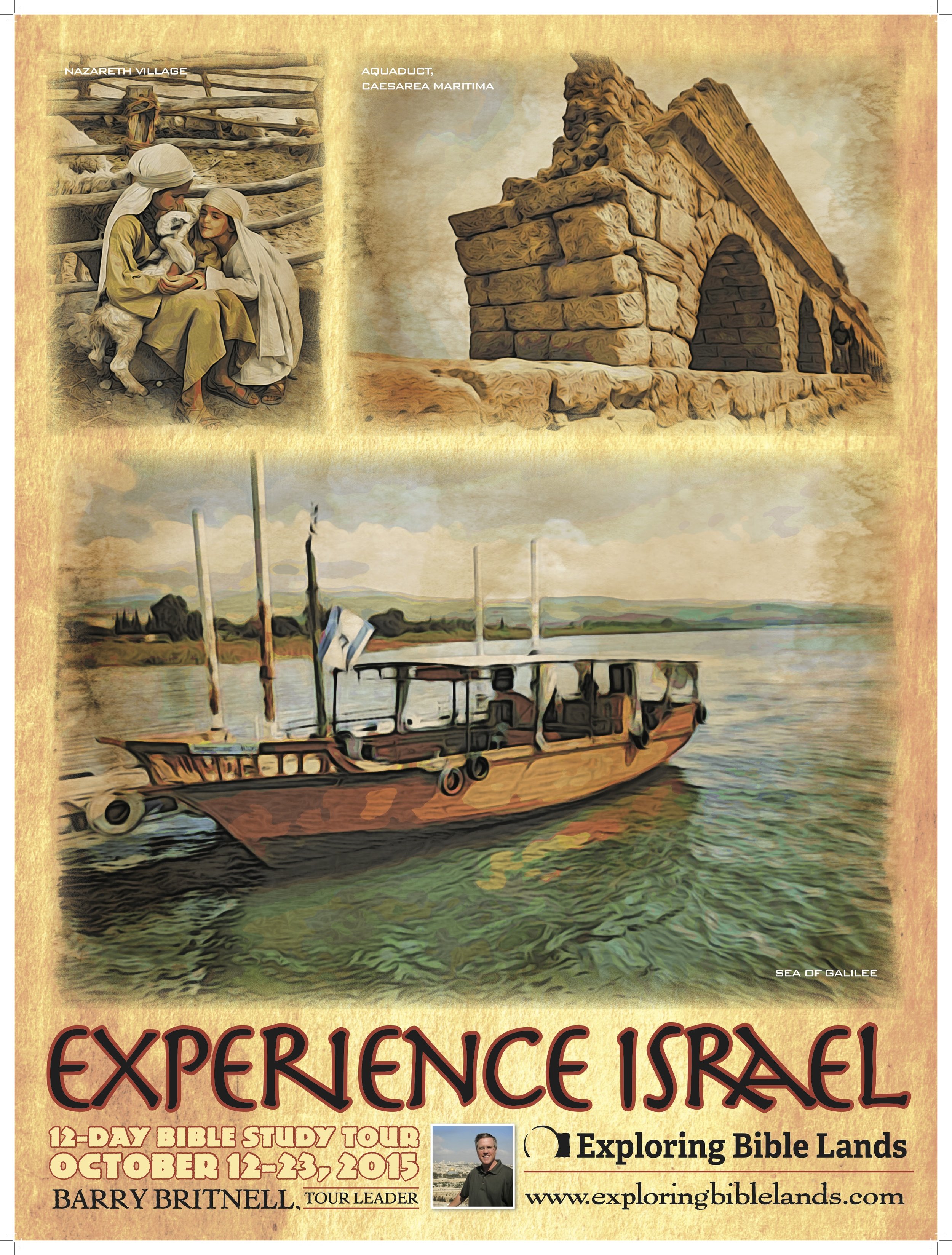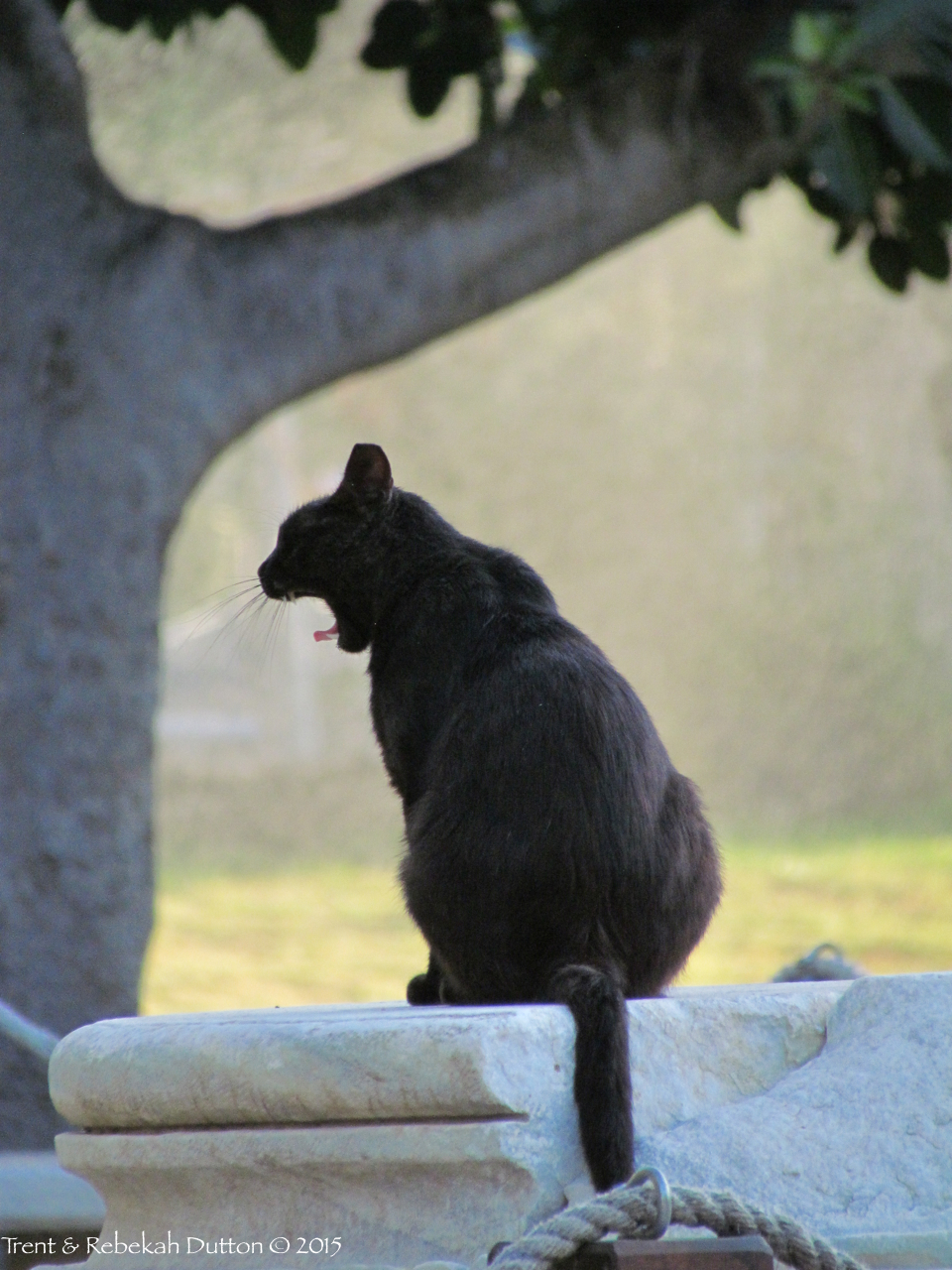Well, the tour is over. I am sending this post from my home in Athens, Alabama. Due to time limitations, I was not able to send a post last night.
We woke up yesterday morning a little later than usual, allowing us to have some extra sleep and time to pack our bags for the voyage home. We started the day at the Israel Museum. We spent about 2.5 hours there, but that was only long enough to make us wish that we could spend a week. There are three primary sections to the museum: 1) The large model of Jerusalem during the Second Temple Period, 2) the Shrine of the Book, which houses the Dead Sea Scrolls and 3) the museum itself.
We toured the large model (about a half acre in size) first. This is a wonderful visual aid to understanding Jerusalem during the time of Jesus. If given the opportunity, I would love to teach a series of lessons using that model as my background. You can describe so many stories from the Gospels and Acts by examining the model in light of Scripture.
We then turned our attention to the Dead Sea Scrolls. Having visited Qumran earlier in the trip, it was nice to see the actual scrolls being displayed.
Finally, we visited the archaeology wing of the museum (there are many other wings that we did not even walk into). Our quick tour of that wing showed us so many things that related to our tour and passages in the Bible.
 Having finished at the Museum, we headed southwest toward the coast. I have two friends, Trent and Rebekah Dutton, who are currently getting their Masters Degree at Wheaton College in Chicago in Biblical Archaeology. To accomplish that goal, they have been participating at a dig at the ancient Philistine city of Ashkelon. They agreed to meet us at the site and to give us a personal guided tour of the site and of the work that they are doing. It was a fantastic tour and I believe that everyone enjoyed the personal touch. The main thing that I learned from the tour is how large the city of Ashkelon was. The site itself (which is made up of three tels) rivals the size of Hazor in the north on just pure size. In addition, by seeing its location on the coast makes it easy to understand why it was such an important city.
Having finished at the Museum, we headed southwest toward the coast. I have two friends, Trent and Rebekah Dutton, who are currently getting their Masters Degree at Wheaton College in Chicago in Biblical Archaeology. To accomplish that goal, they have been participating at a dig at the ancient Philistine city of Ashkelon. They agreed to meet us at the site and to give us a personal guided tour of the site and of the work that they are doing. It was a fantastic tour and I believe that everyone enjoyed the personal touch. The main thing that I learned from the tour is how large the city of Ashkelon was. The site itself (which is made up of three tels) rivals the size of Hazor in the north on just pure size. In addition, by seeing its location on the coast makes it easy to understand why it was such an important city.
From there we headed north toward Joppa. We spent about an hour touring the city and seeing how beautiful it is. It is through this port that cedar wood from Lebanon was delivered to build Solomon’s Temple. Jonah tried to run from God here. And, Peter received a vision which instructed him to teach to Good News of Jesus to the Gentile people.
 After a final dinner, we headed toward the airport. Ben Gurion International Airport is known as one of the most secure airports in the world. You need to arrive early because there are several different levels of security to go through. We all made it through fine and boarded our flight to New York City. The flight was smooth and even landed a little ahead of schedule. At New York City, we all parted ways to go to our separate home destinations.
After a final dinner, we headed toward the airport. Ben Gurion International Airport is known as one of the most secure airports in the world. You need to arrive early because there are several different levels of security to go through. We all made it through fine and boarded our flight to New York City. The flight was smooth and even landed a little ahead of schedule. At New York City, we all parted ways to go to our separate home destinations.
It was a great tour. I could not have asked for a kinder, more fun group than the people that came with me on this tour. They never complained and were glad to be spending this wonderful time together.
Visiting the land of Israel opens the Bible in ways that you had never considered. I’ll end these series of posts by reminding us of the words of Moses as he spoke to the people before entering the land of Canaan:
For the Lord your God is bringing you into a good land, a land of brooks of water, of fountains and springs, flowing out in the valleys and hills, a land of wheat and barley, of vines and fig trees and pomegranates, a land of olive trees and honey, a land in which you will eat bread without scarcity, in which you will lack nothing, a land whose stones are iron, and out of whose hills you can dig copper. And you shall eat and be full, and you shall bless the Lord your God for the good land he has given you. - Deuteronomy 8:7-10
I agree. It’s a wonderful land. And, I can’t wait to go back. Until then, shalom.
 NOTE: I am continuing my series of retrospective posts on the our tour one year ago. I invite you to start at the beginning and read through all of them.
NOTE: I am continuing my series of retrospective posts on the our tour one year ago. I invite you to start at the beginning and read through all of them.








